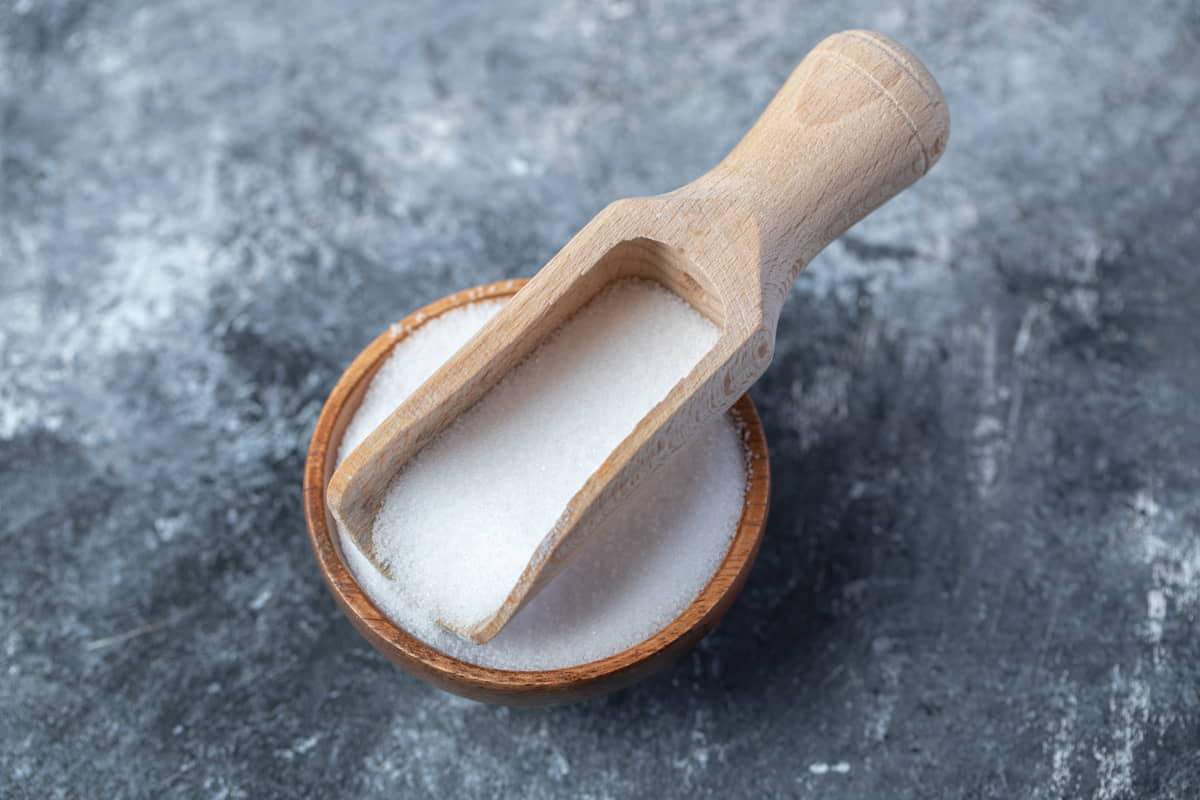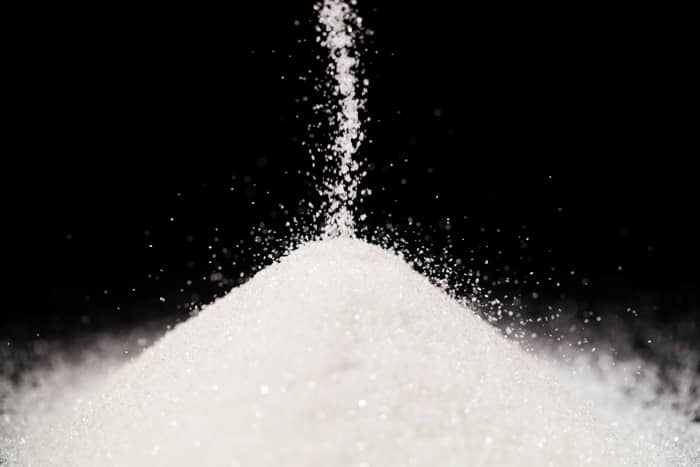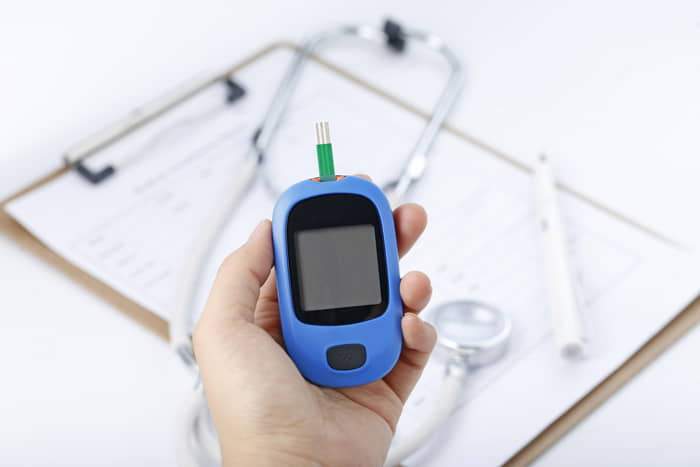
If you’ve started paying attention to ingredient labels on food products, you’ve probably come across maltodextrin.
It is present in many packaged foods around the world, even those that claim to be “natural”.
But what does it mean that it is present in many of the foods consumed every day? Here’s what you need to know about maltodextrin and its effects on blood sugar, intestinal diseases and more.
Maltodextrin is a common food additive.
It is made from starchy foods such as rice, corn, potatoes or wheat.
It is not a complete food; manufacturers convert the starches in these foods into an odorless and almost tasteless powder: maltodextrin.
As a carbohydrate, maltodextrin has 4 calories per gram, according to the USDA.
Maltodextrin is a polysaccharide that is mainly used in food and beverages as a thickener, sweetener and/or stabilizer.
It is a relatively short-chain polymer (some would call it an oligomer); commercial products contain an average of ≈3 to ≈17 glucose units per chain.
It is manufactured by partial hydrolysis of grain starches, generally corn or wheat.

Because maltodextrin is safe, inexpensive and extremely water soluble, it is widely used as a food additive in a wide variety of products, ranging from infant formula to ice cream, salad dressings, peanut butter and beer.
It is a complementary ingredient to sweeteners such as sucralose and stevia.
Maltodextrin is not as good a sweetening agent as sucrose (common sugar), but it has as much caloric content as the equivalent amount of sugar.
Obese people and diabetics should know that a food contains maltodextrin before consuming it; it is an ingredient listed on food labels.
To create maltodextrin, food starch undergoes enzymatic or acid hydrolysis (i.e. it is broken down), followed by purification and spray drying.
In other words, plant starches are broken down and then water is removed to create a white starchy powder.
Maltodextrin is found in foods such as:
There are many reasons why manufacturers use maltodextrin. It helps to improve the texture and mouthfeel of foods, especially in the case of low-fat or fat-free products. It also acts as a preservative to extend the shelf life of foods and can prevent frozen foods from melting rapidly.
Maltodextrin can raise blood sugar, but that does not necessarily mean that people with type 2 diabetes should avoid it.
If you have type 2 diabetes, you should always consult your physician for specific guidance, but it is safe to consume maltodextrin products as long as you include it in your total carbohydrate intake.
Although there is no single limit, people with diabetes should aim to get about half of their calories from carbohydrates, according to the U.S. Center for Disease Control and Prevention.
Note that maltodextrin is not included in the sugar count on the nutrition label, but is included in the total carbohydrate count.

Because maltodextrin digests quickly, it can be added to sports drinks or supplements as a source of quick energy for athletes and bodybuilders.
In fact,it is less likely to cause gastrointestinal problems during endurance sports compared to other carbohydrates commonly used in sports drinks, such as glucose or sucrose, according to Critical Reviews in Food Science and Nutrition.
Although more research is needed, a small February 2013 study found that taking maltodextrin and glutamine (an amino acid) two hours before exercise may help maintain anaerobic power, according to the Asian Journal of Sports Medicine.
A digestion-resistant form of maltodextrin called Fibersol-2 may help prevent tumor growth in human colon cancer cells, according to an April 2015 study published in the journal Cancer Biology & Therapy.
An October 2015 study in the European Journal of Nutrition found that digestion-resistant maltodextrin improved stool volume and consistency.
Maltodextrin derived from gluten-free ingredients, such as corn or potato starch, is naturally gluten-free.
If wheat is used to manufacture maltodextrin, it must be listed in the allergen declaration or in the list of ingredients on the label.
But even then, maltodextrin made from wheat is generally considered safe for celiacs because the gluten is removed during processing, according to the National Celiac Association.
You can find products that use additives other than maltodextrin by looking at the ingredient list.
According to the Academy of Nutrition and Dietetics, food thickeners, stabilizers and gelling agents include:

TÖUFOOD is a complete line of products of exceptional quality, developed by GASTROCULTURA MEDITERRÁNEA SL, which allows the most well-known techniques of modern cuisine to be put into practice. Innovative recipes can be easily realised, bringing excitement and surprise to dishes, offering a stimulating and memorable culinary experience.